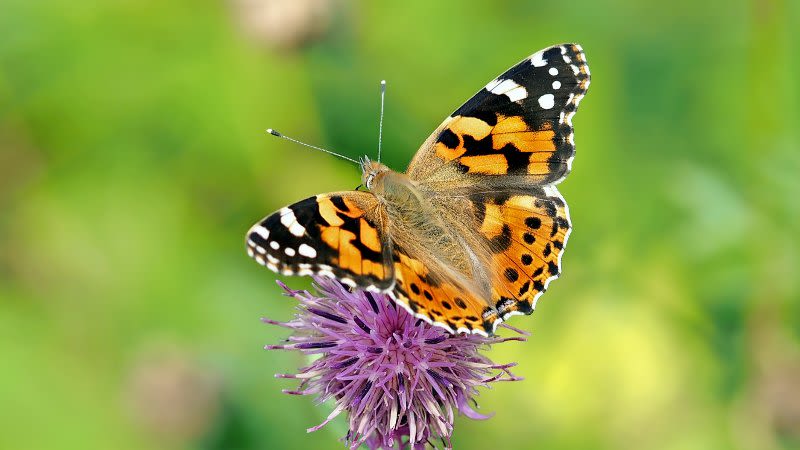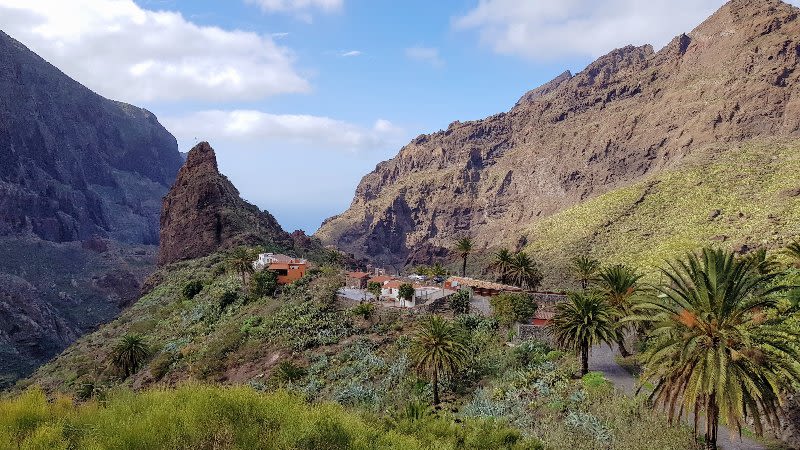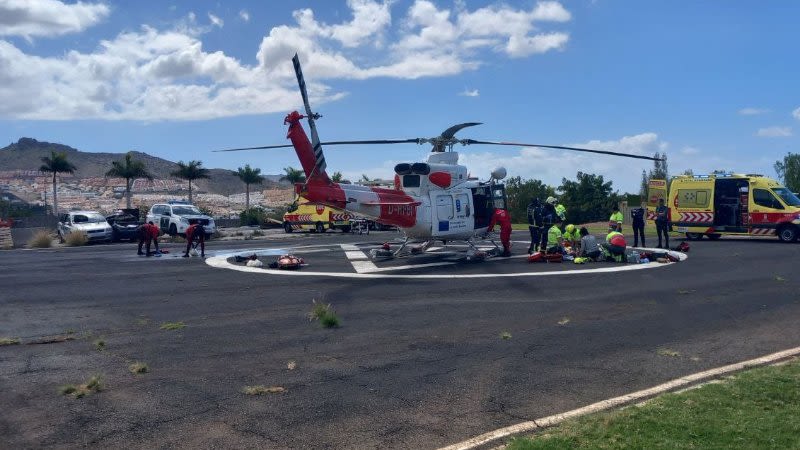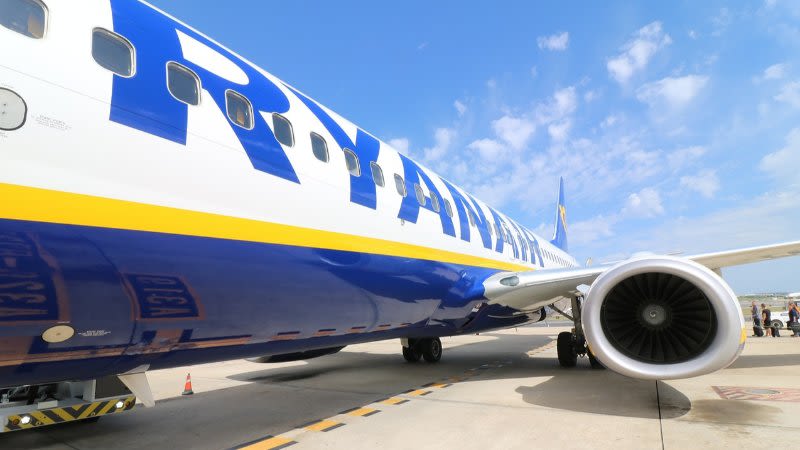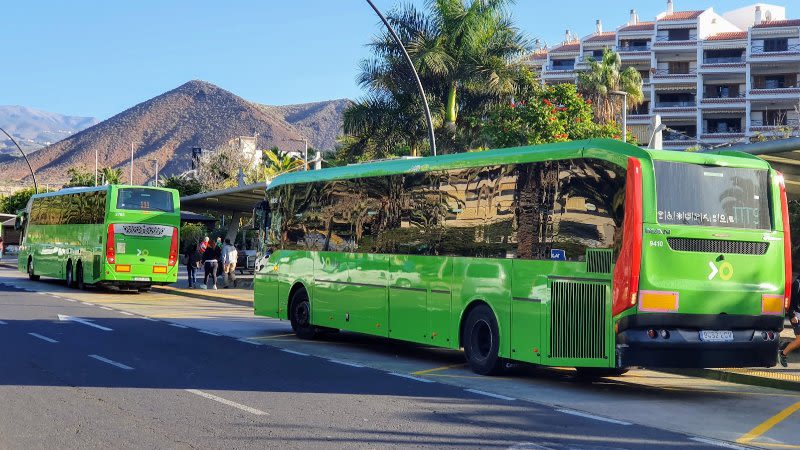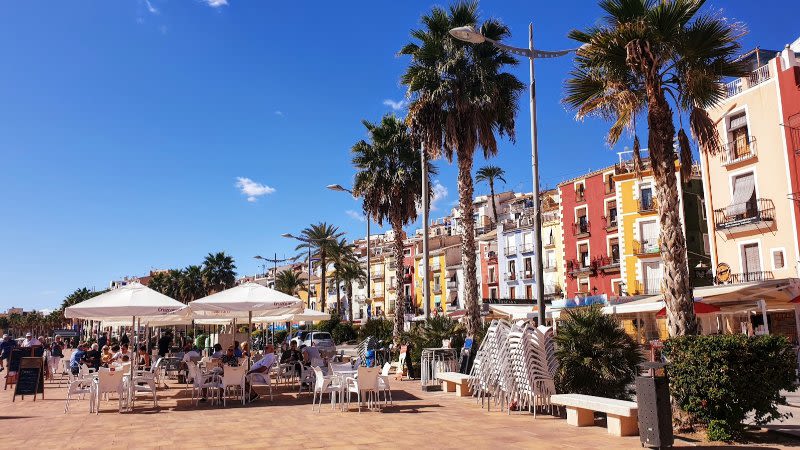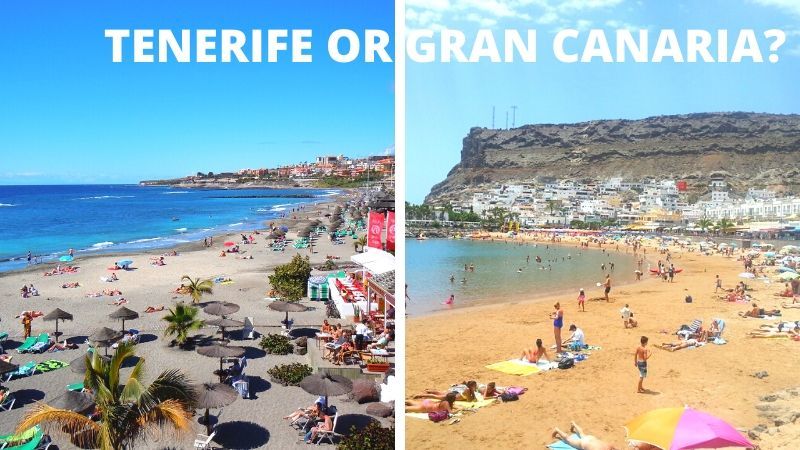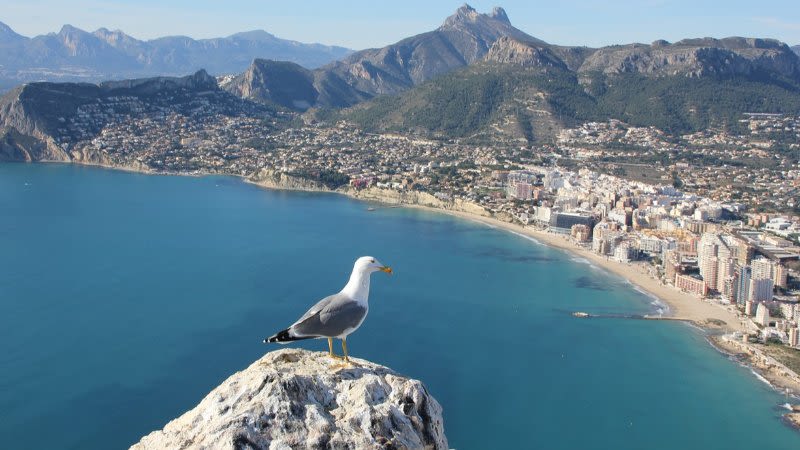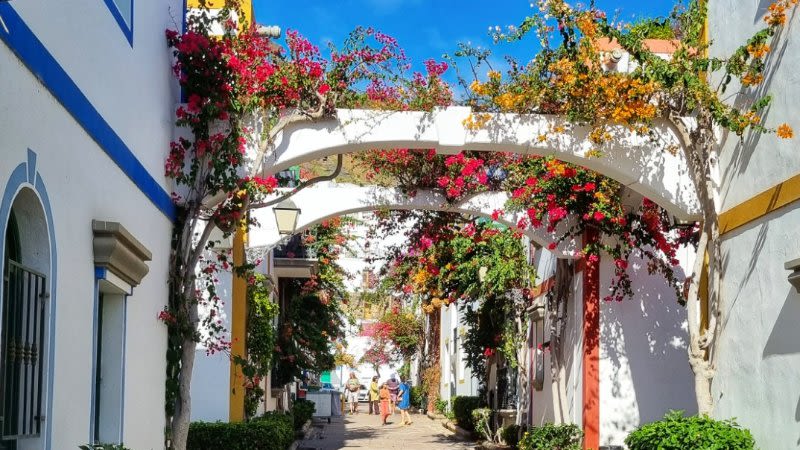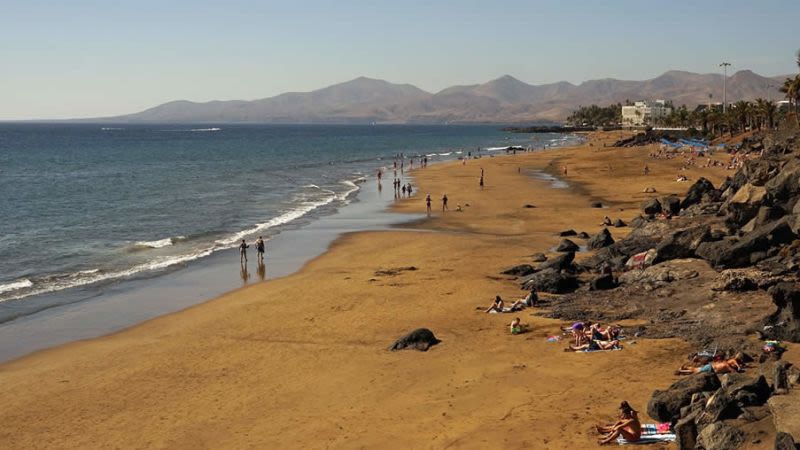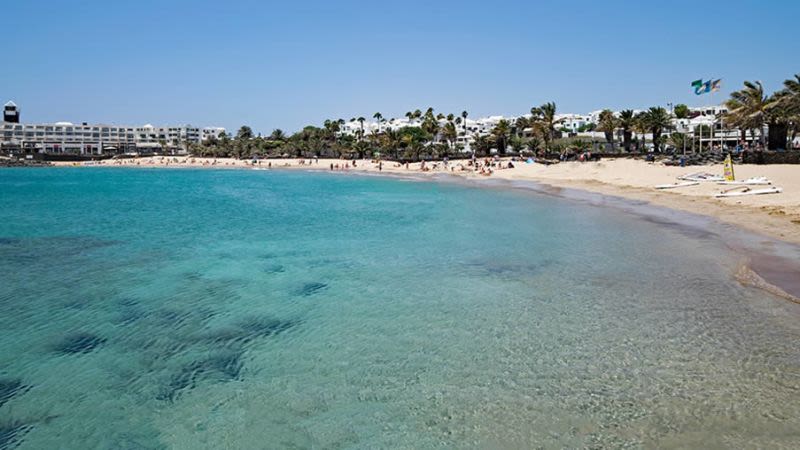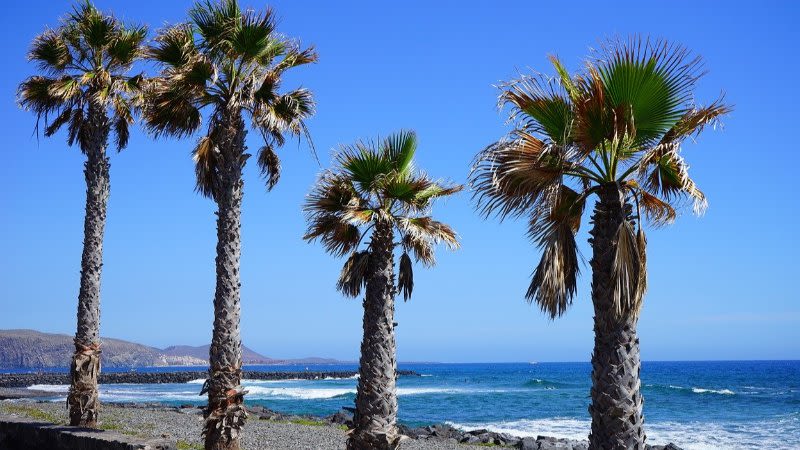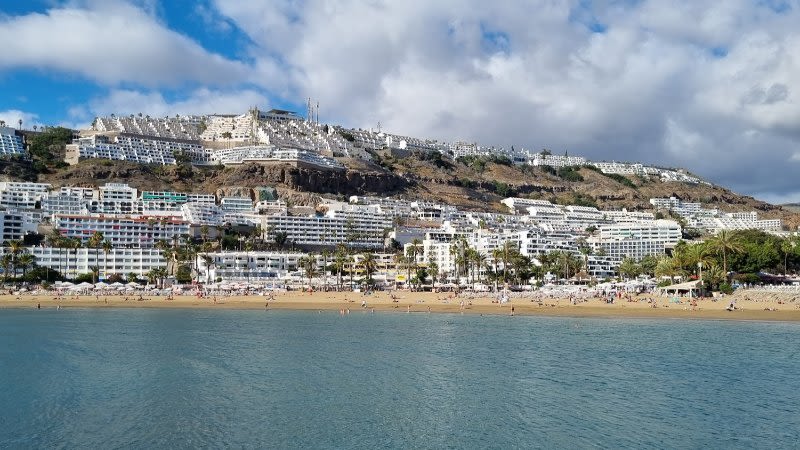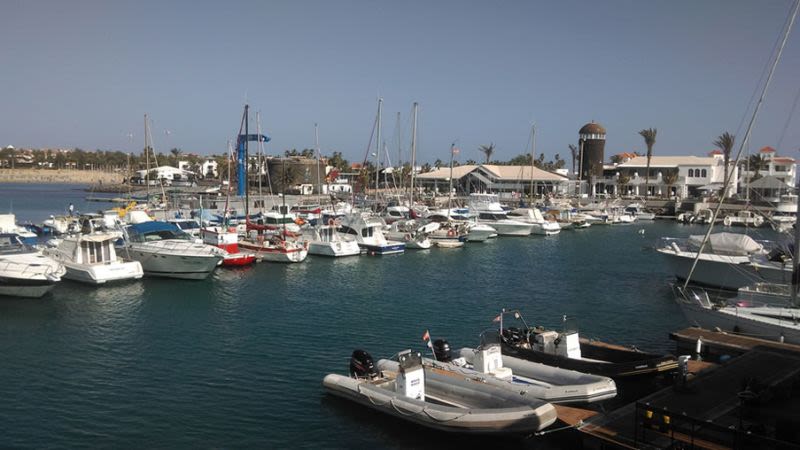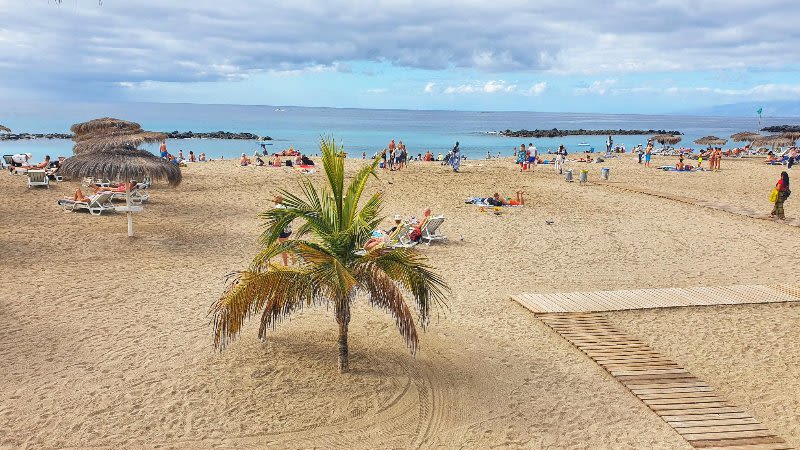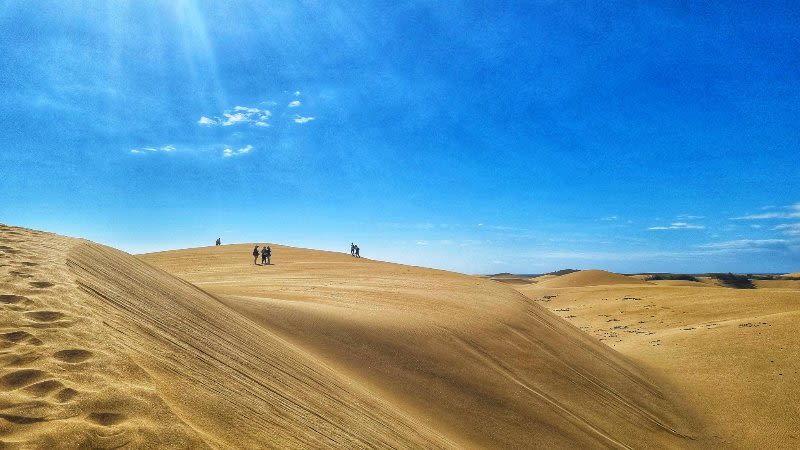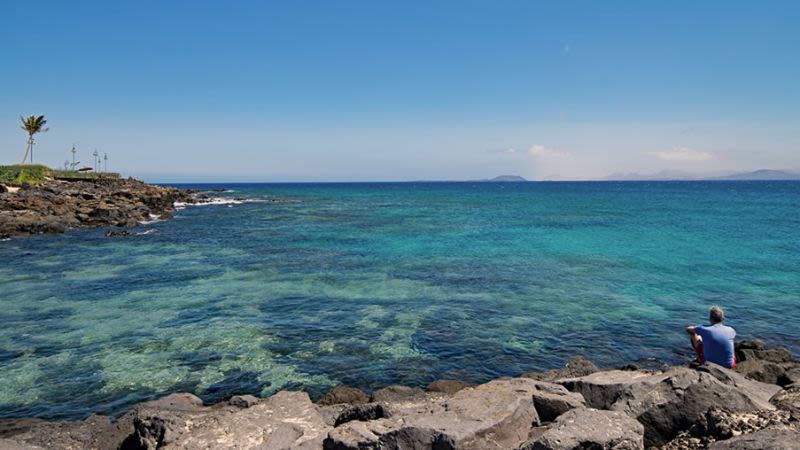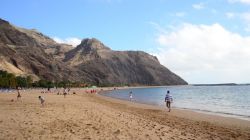Study finds 18,000 butterflies of 25 species in Tenerife, many of them endemic
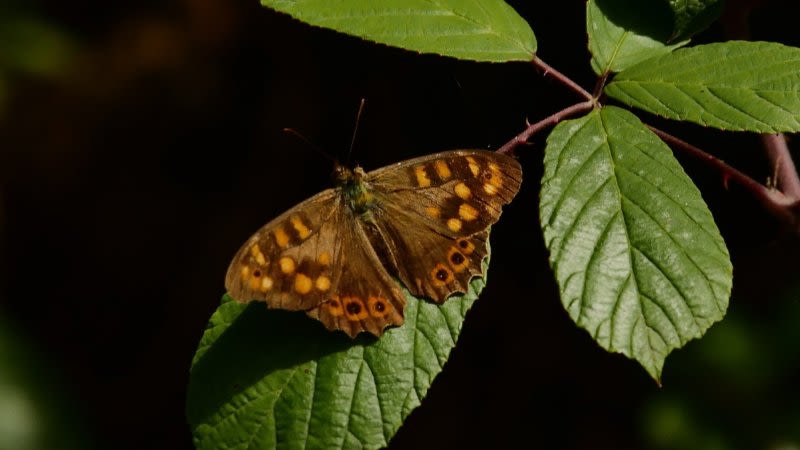
The Cabildo de Tenerife, through the Natural Environment and Safety Management Area and the Environmental Volunteering Office, has supported a monitoring campaign of daytime butterflies in Tenerife between 2017 and 2021. This study has allowed them to obtain information on a total of 17,805 individuals of 25 different species. Out of the total of existing species on the island, specimens of at least 89% of them have been identified.
This study, carried out by a network of volunteers, provides data on the plurality of species, their movements and the habitats in which they are found
Isabel García Hernández, director of the Natural Environment Management and Safety Area, has stressed the value of this initiative for the fauna of Tenerife, and has added that "this study shows the number of species that Tenerife is home to, as well as the need to safeguard them ”. In addition, she has recalled that "many of these species are endemic, which gives them even more value since they only exist in our territory."
The work has been carried out by a network of volunteers in order to analyze the state of conservation of butterfly populations, especially that of endemic species, as well as that of their habitats. In this way, they intend to make the population aware of the importance of conserving the natural environment to safeguard the fauna that inhabits it.
After five years of research, the results have revealed that the 8 dominant species of butterflies in Tenerife are Pieris rapae, Leptotes webbianus, Lampides boeticus, Pararge xiphioides. Vanessa cardui, Colias croceus, Aricia cramera and Vanessa vulcania. In fact, the volume of these populations is so large that they make up 86% of the records collected.
On the other hand, the study has made it possible to appreciate that most of the specimens are observed between the months of May and September, while from October they begin to decrease. Despite this, some exceptional events have been detected, such as the one experienced in the period of September and October 2019, when a massive arrival of Vanessa cardui specimens was recorded.
Regarding the habitat in which the species are found, it has been observed that they predominate in areas of brambles, with an abundance of 18.7 species per linear kilometer.
To carry out this research, a methodology present in 19 European countries has been used, which consists of reviewing fixed itineraries noting the species and the number of butterfly specimens observed on each visit. To collect this data, the volunteer groups have carried out these tours once a month during the five years that the investigation has lasted.
SEE ALSO

